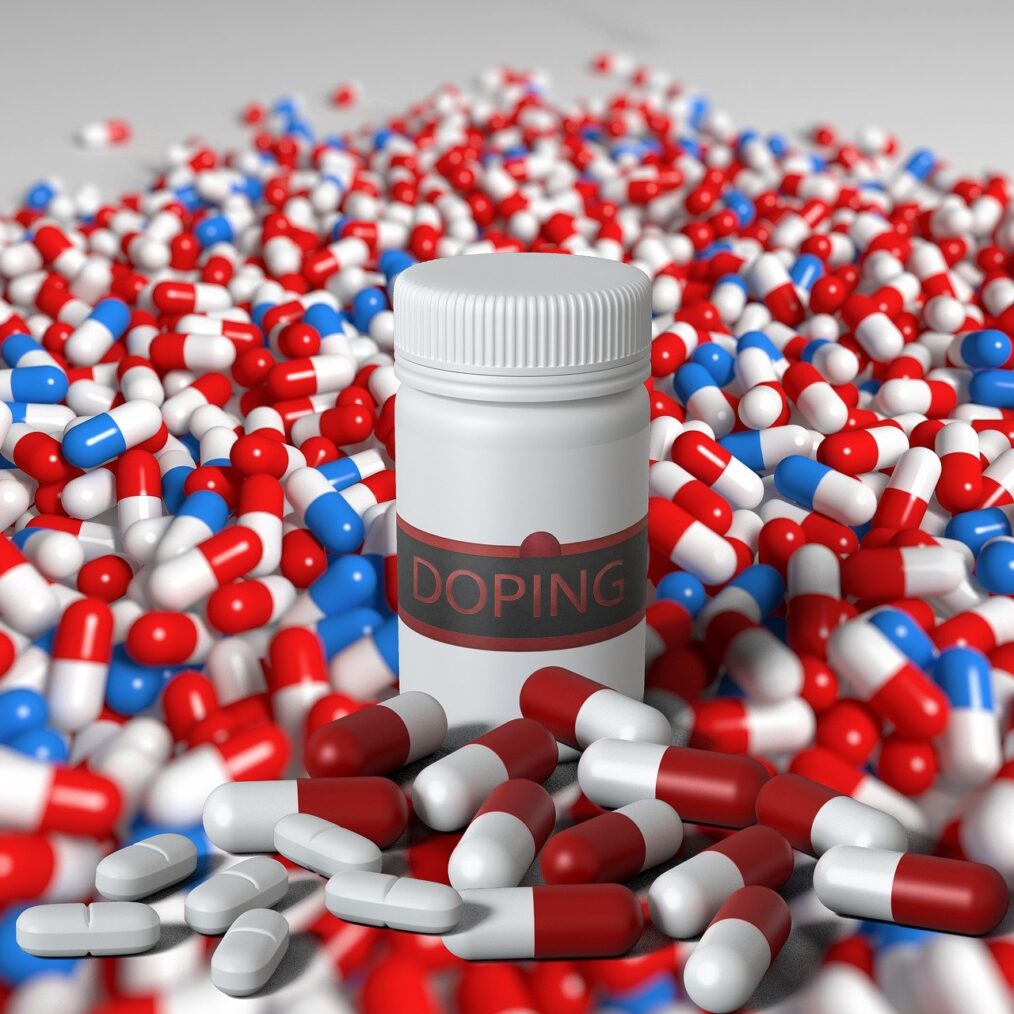
How smart is braindoping? And how many students are doing it?
Media report that many students take drugs to improve their academic performance. Now the Dutch government even plans to discourage this. Is it more than a hype? And should educational institutions react?
Becoming a student often means a new period in one’s life. Many leave their home and perhaps live on their own for the very first time, certainly our international students. One gets to know new people, probably has a new peer group. And it of course also means attending seminars and lectures, learning and taking exams.
For some 20 years now, thus already in the period when I was a student myself, there have been recurring rumors and news about students (fewer times also scientists) allegedly taking performance-enhancing drugs. Some people call this “cognitive” or “neuroenhancement”, others speak of “braindoping” or taking “smart drugs”. The Dutch term “breindoping” was actually included in the Grote van Dale dictionary and thus became an official word of the language in 2015. The dictionary defines it as:
“breindoping: a form of doping where one takes performance-enhancing substances and/or stimulant drugs to achieve better cognitive results” (Grote van Dale; my translation).
Speaking of terms, did you know that the English “drug” has its roots in the Dutch “droog” which originally referred to dried herbs and spices one would buy in a drugstore?
One can ask many questions about braindoping: How common is it? Which substances are taken? How do they work? Is it justified to call it “doping”? And should educational institutions take measures to support or discourage it? I shall address a few in this blogpost and leave the rest for your own research and the discussion.
Students and Ritalin
In the course of many years, our (independent) University Newspaper featured the topic in several articles. Just last year it first titled “What student doesn’t love Ritalin?” and a bit later “Students need to stop Ritalin as a study pill.” The second headline referred to an initiative of the (now: former) State Secretary of Health to discourage performance-enhancing substance use among students.
The answer thus seems to be clear: Many students already are taking stimulant drugs like Ritalin – a drug containing methylphenidate and commonly prescribed against ADHD. And apparently it works, for why should students otherwise take it? It actually seems to be such a major issue that the Dutch government sees a need to react.
But is that really true? Following and participating in the debate for some 20 years I have seen much circumstantial evidence and many exaggerations. Our University Newspaper actually referred to a new survey by one of my colleagues who asked our students about the consumption of stimulant drugs without a medical prescription (Fuermaier et al., 2021). And indeed, 170 out of 1071 participants (thus 15.9 percent) reported to have taken stimulants without a prescription. Ever. That means: at least once. But their primary reason was actually leisure, not in an academic context.
Now opinions may differ on whether that’s high or surprising, given what we know about young adults’ substance use more generally. But if you look closer at the results, you will see that actually only two of the 1071 students reported to take these drugs regularly. That is just 0.2 percent! Now one may ask: If it works and there are commonly rather mild side effects, why do so many people stop after taking the substance only once or a few times?
Huge Variance
I have reviewed surveys on the prevalence of neuroenhancement (mostly stimulant drugs), of which there are now more than 100, before (Schleim, 2020). The first thing I noticed was that the reported prevalence varied between 2.1 and 58.7 percent in these studies, which is a huge variance. This is mostly due to different samples investigated or defining the construct differently.
For example, the more representative and bigger samples usually report smaller figures, commonly far below 10 percent. By contrast, a very small sample of fraternity members, where we know substance use to be generally very high, yielded a much higher percentage. And do we speak of lifetime use, use in the last year, last month, or regular use? Are we investigating non-medical consumption more generally, as most of the surveys do, or a more specific definition of braindoping? And how reliable are self-reports on substance use, anyway?
Answering all these questions goes beyond the scope of a single blogpost. But we can at least refer to a very recent representative survey of the renowned Trimbos Institute that reported the answers of some 30,000 students in the Netherlands about their substance use during the Coronapandemic. Accordingly, 1,139 of 28,442 students (thus 4.0 percent) had used stimulant drugs non-medically at least once in the previous 12 months. This is a realistic figure, given the scientific literature at large.
Is it thus no big issue, after all? We should in any case not expect too much of these substances in healthy people (Roberts et al., 2020; Schleim & Quednow, 2018). The effects are commonly small or rather related to motivational processes. But still, the Duke University in North Carolina included “the unauthorized use of prescription medication to enhance academic performance” in its catalogue of academic dishonesty. It thus considers brain doping in exams as cheating, just like plagiarism or copying from others.
What is your view? Should educational institutions take an official standpoint on the issue? How far should people go to improve academic performance? Is it appropriate to call it “brain doping” instead of enhancement? And how smart is it to take “smart drugs”, after all?
References
- Fuermaier, A., Tucha, O., Koerts, J., Tucha, L., Thome, J., & Faltraco, F. (2021). Feigning ADHD and stimulant misuse among Dutch university students. Journal of Neural Transmission, 128(7), 1079-1084.
- Roberts, C. A., Jones, A., Sumnall, H., Gage, S. H., & Montgomery, C. (2020). How effective are pharmaceuticals for cognitive enhancement in healthy adults? A series of meta-analyses of cognitive performance during acute administration of modafinil, methylphenidate and D-amphetamine. European Neuropsychopharmacology, 38, 40-62.
- Schleim, S. (2020). Neuroenhancement as instrumental drug use: Putting the debate in a different frame. Frontiers in Psychiatry, 11, 567497.
- Schleim, S., & Quednow, B. B. (2018). How Realistic Are the Scientific Assumptions of the Neuroenhancement Debate? Assessing the Pharmacological Optimism and Neuroenhancement Prevalence Hypotheses. Frontiers in Pharmacology, 9, 3.
Image credit: jorono, Pixabay License.



